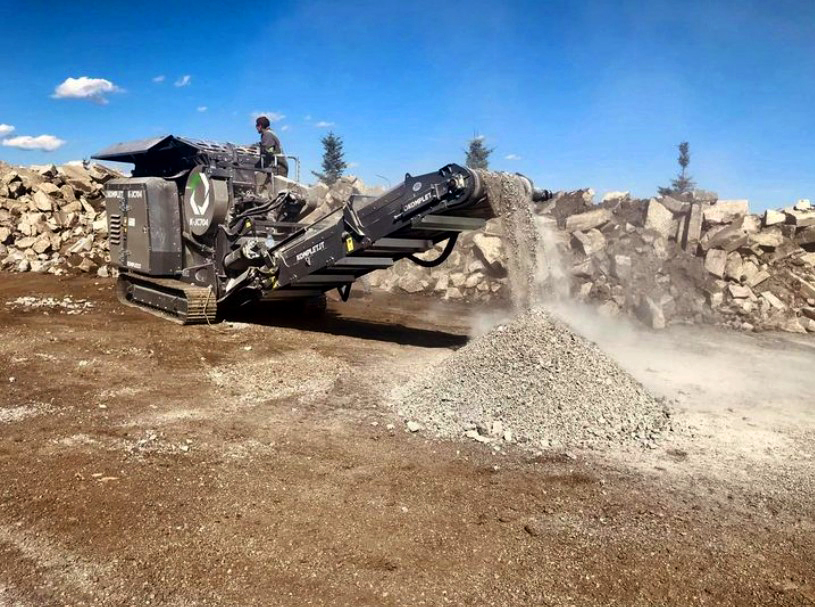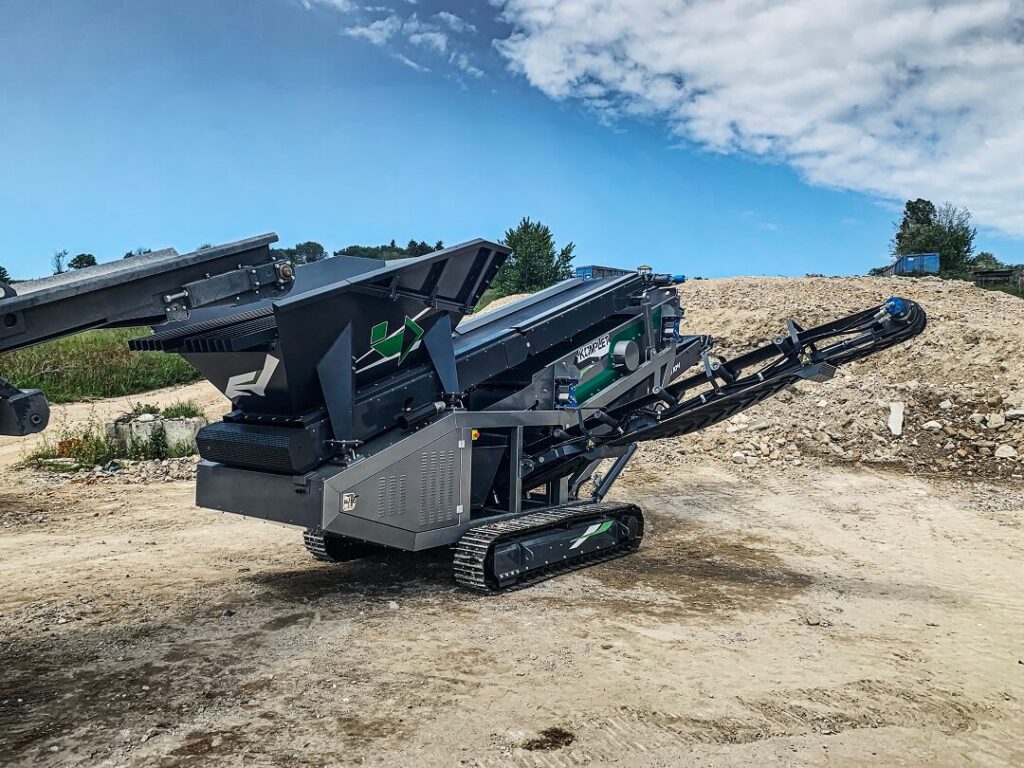In the world of construction and demolition, efficient material processing is key to ensuring productivity and safety. Shredders, screeners, and crushers play pivotal roles in transforming construction site debris into reusable materials.
Understanding how these machines work together can provide insights into their technical operations and benefits. Let’s delve into their mechanics and see how they function in unison.
1. The Shredding Process On a construction site
Shredders are the first step in the material processing chain. Their primary function is to reduce large pieces of construction site debris into smaller, manageable sizes. Here’s how they work:
- Functionality: Shredders use powerful rotating blades or hammers to break down materials. These components are designed to cut or shear the material into smaller fragments. The size of the final output depends on the settings and type of shredder used.
- Types: There are several types of shredders, including single-shaft, double-shaft, and industrial shredders. Each type is suited for different materials and processing requirements.
- Applications: Commonly shredded materials include wood, metal, concrete, and plastics. By breaking these materials down, shredders make them easier to handle and process in subsequent stages.
Diagram: Shredder Mechanism
2. Screening: Sorting and Separating
Once materials have been shredded, the next step is screening. Screeners are used to sort and separate materials based on size and type. Here’s how they work:
- Functionality: Screeners use a series of vibrating or rotating screens with different mesh sizes. Materials pass through these screens, and those that are too large are retained, while smaller fragments fall through to the next stage.
- Types: The main types of screeners include vibrating screens, trommel screens, and shaker screens. Each type is designed to handle different types of materials and achieve specific separation goals.
- Applications: Screening is crucial for separating fines from coarse materials, such as sorting gravel from sand or separating reusable concrete aggregates from debris.

3. Crushing: Final Reduction
The final stage in material processing is crushing. Crushers are used to further reduce the size of materials into fine particles or aggregates. Here’s how they operate:
- Functionality: Crushers use various mechanisms such as compression, impact, or shear to break down materials. For instance, jaw crushers use compressive force, while impact crushers use high-speed impact to shatter materials.
- Types: There are several types of crushers, including jaw crushers, cone crushers, and impact crushers. Each type is suited for different materials and desired output sizes.
- Applications: Crushing is typically used to produce aggregate materials for construction, such as crushed stone, gravel, and sand. These materials are essential for road building, concrete production, and other construction applications.
4. How They Work Together on a construction site
In a typical construction site, shredders, screeners, and crushers work in a coordinated sequence to efficiently process materials. Here’s how the workflow typically unfolds:
- Shredding: Large construction debris is first fed into a shredder, which breaks it down into smaller pieces.
- Screening: The shredded material is then passed through a screener to sort out fines and separate different size fractions.
- Crushing: Finally, the sorted material is sent to a crusher to achieve the desired final size and quality.
Conclusion
Understanding the mechanics of shredders, screeners, and crushers provides a clear picture of how construction materials are processed from large debris into reusable aggregates.
Each machine plays a crucial role in ensuring that materials are efficiently reduced in size, sorted, and prepared for various construction applications.
By working together, these machines help optimize the recycling and reuse of construction materials, contributing to a more sustainable and efficient construction process.

